These towns come with a free bonus: a daily adventure of finding something to do.
If you enjoy the thrill of low expectations, you’re in the right place.
Some retirees in Indiana have reported difficulties in making ends meet solely on Social Security benefits.
For instance, a 61-year-old retiree in central Indiana found it challenging to live on a $1,620 monthly Social Security Disability Insurance payment, expressing concerns about depleting savings prematurely (Source: BusinessInsider).
Let’s take a look at the quirky charm of Indiana’s least retiree-friendly towns.
1. Gary, Indiana
Gary is known for its significant industrial history, which has influenced both its landscape and economy. The city has struggled with urban decay and high crime rates, which are points of concern for residents. Its proximity to Chicago offers some cultural benefits, but it hasn’t been enough to reverse the demographic trends.
Once a bustling steel town, Gary’s population has been declining as industries have moved away. This has left many areas neglected, with vacant properties becoming all too common.
The city’s economic challenges have led to reduced local services, which can be a drawback for retirees seeking convenience and security.
Reason for Ranking: High crime rates and declining population make it less desirable for retirees.
2. Anderson, Indiana
Anderson once thrived as an automobile manufacturing hub. However, the departure of major employers has led to economic downturns.
The city has affordable housing, but this is often overshadowed by the lack of job opportunities, affecting the local economy and public services.
The town’s infrastructure, although historically rich, needs significant updates to meet modern demands, especially for healthcare and entertainment, which are crucial for retirees.
Anderson struggles with a relatively high crime rate, which poses concerns for safety among older residents.
3. Muncie, Indiana
Muncie is home to Ball State University, bringing a vibrant cultural scene to the town. However, the town faces challenges such as a stagnant job market and relatively high property taxes, which are significant considerations for retirees on fixed incomes.
The educational institutions in Muncie contribute to its lively atmosphere, but they also lead to a transient student population that can change the community dynamics frequently.
Despite its cultural offerings, Muncie has limited medical facilities, which could be a concern for retirees requiring regular healthcare services.
Reason for Ranking: High property taxes and limited healthcare options are deterrents for retirees.
4. Terre Haute, Indiana
Terre Haute has a rich history and is known for its role in higher education and the arts. However, it has struggled with economic instability, which impacts the living conditions there. The city also has one of the higher crime rates in the state, raising safety concerns for its residents.
While it offers some cultural benefits, the economic issues have led to fewer investments in amenities that could enhance retiree life, such as parks and recreational facilities.
The city’s demographic trends show a younger population, with fewer services tailored to the needs of older adults.
Reason for Ranking: Economic instability and a focus on younger demographics make it less appealing for retirees.
5. Marion, Indiana

Marion was once a thriving manufacturing center, but like many industrial towns, it has faced economic decline after factories closed. The city offers low-cost living, but this benefit is offset by the high unemployment rate, which affects community services and overall quality of life.
The town has some historical sites and events, but lacks consistent investment in new amenities or healthcare services, important for retirees.
Additionally, the local economy has not fully recovered, leading to concerns about future growth and sustainability.
Reason for Ranking: Economic decline and lack of modern amenities make it a less attractive place for retirement.
6. Kokomo, Indiana
Kokomo is known for its automotive history and has made significant efforts to revitalize its economy. However, the city still struggles with the aftermath of industrial decline, including environmental issues and vacant properties.
While there are efforts to improve, the pace of recovery is slow, and the city has yet to regain its former vibrancy, which affects the social and recreational opportunities available to retirees.
Crime rates in Kokomo remain higher than average, which is a considerable concern for those considering a peaceful retirement.
Reason for Ranking: Slow economic recovery and higher crime rates are significant concerns for retirees.
7. Elkhart, Indiana
Elkhart is widely recognized for its musical instrument manufacturing and the RV industry, which are interesting facets of its economy. However, the city’s economy is highly dependent on these industries, making it susceptible to market fluctuations, which can impact pension and investment incomes for retirees.
The town has some cultural offerings, but has struggled with housing market stability, affecting property values and the cost of living for retirees.
Additionally, the city has a limited number of healthcare providers, which could pose challenges for those in need of regular medical care.
Reason for Ranking: Economic dependency on specific industries and limited healthcare options are drawbacks for retirees.
8. Richmond, Indiana
Richmond has a quaint charm with its historic architecture and cultural sites. However, it has been facing population decline and an aging infrastructure that requires significant updates to meet the needs of retirees.
The local economy does not offer much in the way of new job opportunities, which affects the vibrancy of the community and the availability of essential services.
Richmond’s location near better-equipped cities sometimes encourages retirees to look elsewhere for better amenities and healthcare options.
Reason for Ranking: Aging infrastructure and proximity to better-equipped towns are key reasons for its ranking.
9. Logansport, Indiana
Logansport holds historical significance and offers a tight-knit community atmosphere. However, it has limited economic opportunities and a small town feel that might not appeal to all retirees, especially those used to more urban environments.
The town has struggled to attract new businesses, which impacts the availability of local services and amenities important for an aging population.
Additionally, Logansport does not have sufficient medical facilities, making it inconvenient for retirees who need regular healthcare.
Reason for Ranking: Limited economic growth and insufficient medical facilities are significant drawbacks for retirees.
10. Peru, Indiana
Peru, known for its circus heritage, offers unique cultural insights and festivals. However, the city’s small size and isolated location can be limiting for retirees looking for diverse experiences and services.
The economic activity in Peru is minimal, leading to fewer retail and healthcare options, which are critical for retirees.
The city also suffers from a lack of modern infrastructure, which can make daily life challenging for older residents.
Reason for Ranking: Limited services and isolation from major urban centers are why Peru ranks poorly for retirees.
11. Connersville, Indiana
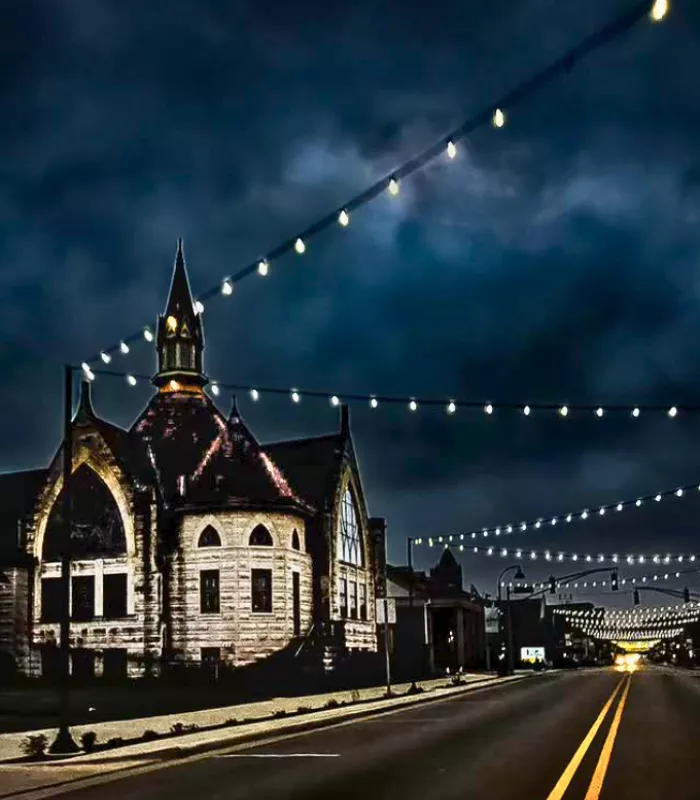
Connersville, once a thriving hub due to its automotive industry, now faces economic difficulties. This small town offers low housing costs but struggles with a lack of employment opportunities, affecting the overall quality of life for residents, especially retirees.
While Connersville has historic charm, its economic stagnation has led to decreased investment in public amenities that could enhance life for older adults, such as parks and recreational facilities.
The town also has limited healthcare services, which is a significant disadvantage for retirees needing frequent medical care.
Reason for Ranking: Economic stagnation and limited healthcare services contribute to its poor ranking for retirees.
12. Crawfordsville, Indiana

Crawfordsville is known for its rich history and the presence of Wabash College. Despite its cultural offerings, the town faces challenges with job creation and maintaining robust public services, which impacts retirees.
The town’s public transportation options are limited, which can be a hurdle for retirees who no longer drive and rely on public transit to maintain independence.
Additionally, Crawfordsville has a relatively high cost of living compared to its economic opportunities, making it less attractive for those on fixed incomes.
Reason for Ranking: Limited public transportation and high cost of living are major concerns for retirees.
13. Huntington, Indiana
Huntington, while picturesque, has not fully recovered from the economic downturns of past decades. The city offers affordable living, but this comes with the cost of limited job prospects and community services.
Though there are some leisure activities suitable for retirees, the town lacks the comprehensive healthcare facilities that are necessary for aging residents.
Moreover, Huntington’s small population leads to a lack of diversity in services and social activities, which can be unappealing to retirees looking for a vibrant community life.
Reason for Ranking: Lack of healthcare facilities and limited social activities are drawbacks for retirees living here.
14. Frankfort, Indiana
Frankfort is a small town with a community-focused atmosphere. However, it is heavily reliant on agriculture and manufacturing sectors, which are vulnerable to economic shifts, affecting the stability retirees seek.
The town suffers from a lack of cultural and recreational activities that appeal to retirees, such as theaters, museums, and golf courses.
Additionally, Frankfort’s healthcare options are sparse, which is a critical issue for retirees who often require accessible and frequent medical care.
Reason for Ranking: Dependence on unstable industries and lack of recreational activities make it less suitable for retirees.
15. Martinsville, Indiana
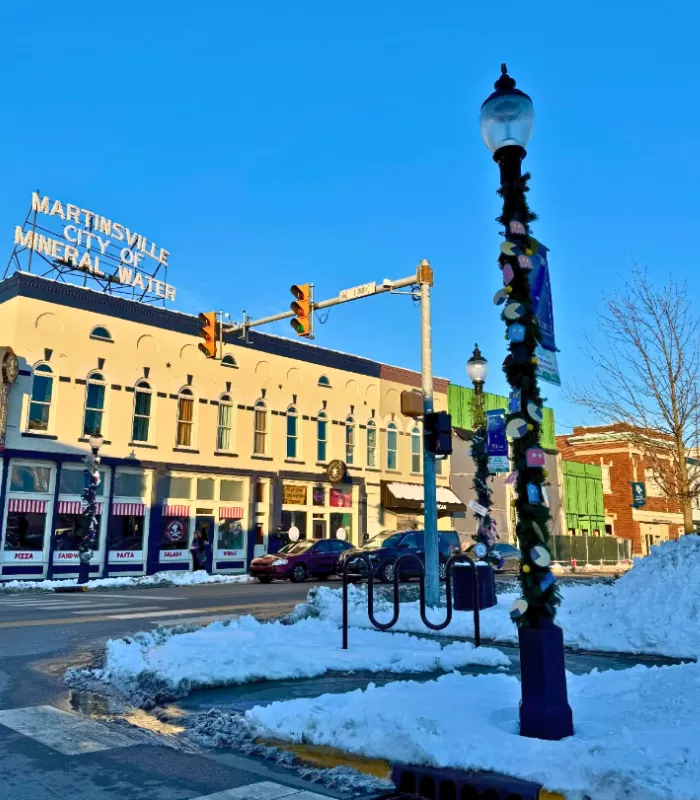
Martinsville boasts natural beauty and a quiet lifestyle, but it struggles with a reputation for poor water quality and limited economic growth. These issues can deter retirees looking for a healthy environment.
The city’s amenities for older adults are minimal, and public services are not as developed as in larger cities, impacting the quality of life for retirees.
Additionally, Martinsville has limited medical facilities, which is a significant factor for retirees when choosing a location to settle down.
Reason for Ranking: Environmental concerns and insufficient amenities contribute to its unfavorable ranking for retirees.
16. Shelbyville, Indiana
Shelbyville has a strong agricultural base, which does not translate into the diverse economy that retirees might look for. The town offers affordable housing but lacks the healthcare and cultural amenities that can enrich a retiree’s life.
The town’s public services are underdeveloped, and there are few entertainment options available, which can lead to a less satisfying retirement experience.
Additionally, the healthcare services in Shelbyville are limited, which is a crucial concern for retirees who need regular access to medical care.
Reason for Ranking: Limited healthcare and cultural amenities make Shelbyville less attractive for retirees.
17. Plymouth, Indiana
Plymouth is a small town with a close-knit community. It is known for its historical landmarks and annual events. However, it lacks the economic diversity and modern healthcare facilities that retirees require for a comfortable lifestyle.
The town has limited employment opportunities, which affects the economic stability and community services available to retirees.
Moreover, Plymouth’s remote location makes it difficult for retirees to access larger, more equipped urban centers, affecting their lifestyle and healthcare choices.
Reason for Ranking: Economic limitations and remote location are key factors in its ranking.
18. Rochester, Indiana
Rochester offers a peaceful rural setting, which might appeal to some retirees. However, its small size and isolation from major cities can be a disadvantage for those seeking more comprehensive services and amenities.
The town has limited healthcare options and lacks the infrastructure to support a growing retiree population, which could necessitate frequent travel to nearby cities for basic services.
Additionally, Rochester’s economic activities are minimal, leading to fewer opportunities for community engagement and social interaction.
Reason for Ranking: Isolation and limited healthcare options are significant drawbacks for retirees.
19. Bedford, Indiana

Bedford is known for its limestone quarries, but it faces challenges such as limited economic diversity and an aging population. While it offers a quiet lifestyle, this comes at the expense of limited healthcare and entertainment options.
The town has some scenic spots and historical sites, but these do not fully compensate for the lack of modern amenities that retirees expect in their community.
Moreover, Bedford’s healthcare facilities are not equipped to handle the needs of an aging population, making it less attractive for those in retirement.
Reason for Ranking: Lack of economic diversity and inadequate healthcare facilities are why Bedford is not ideal for retirees.
20. North Vernon, Indiana
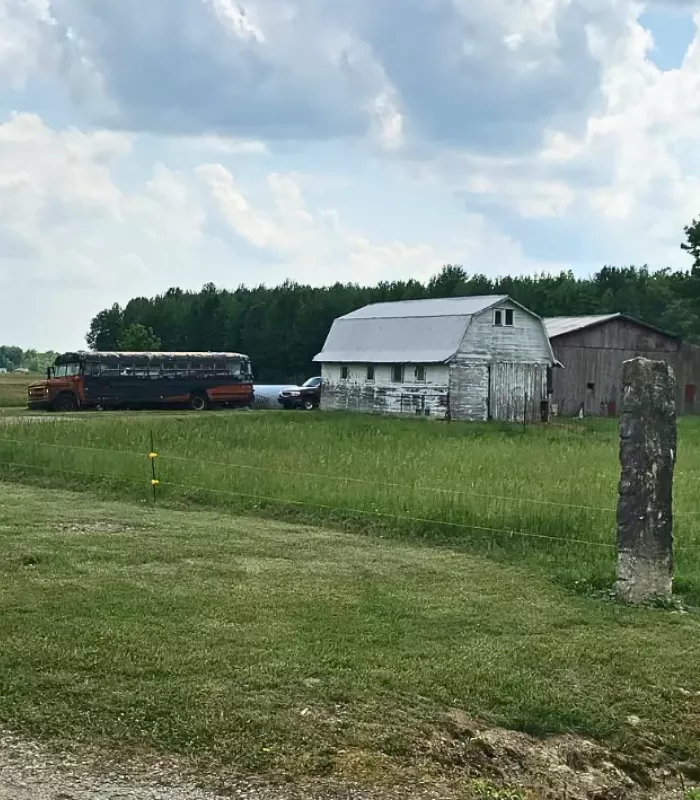
North Vernon has a quaint downtown area and some local charm, but it struggles with economic limitations and a high unemployment rate. These factors can affect the quality of life for retirees, who often look for stable, supportive communities.
The town’s public services are not well-developed, and there are limited activities and amenities available for retirees.
Additionally, the healthcare options in North Vernon are sparse, posing challenges for retirees who require consistent and specialized medical care.
Methodology
To identify the worst towns for retirees in Indiana, I analyzed local feedback across multiple online platforms.
I also reviewed Google reviews, community forums, and local news sources to find recurring complaints about healthcare access, walkability, safety, social opportunities, and overall livability.
Key factors included limited medical facilities, lack of senior-friendly housing, poor public transportation, high crime rates, harsh weather, and a general absence of amenities or activities tailored to retirees.
Sources:
- https://www.areavibes.com/in/most-dangerous-cities/
- https://www.safehome.org/safest-cities/in/
- https://en.wikipedia.org/wiki/List_of_sundown_towns_in_the_United_States
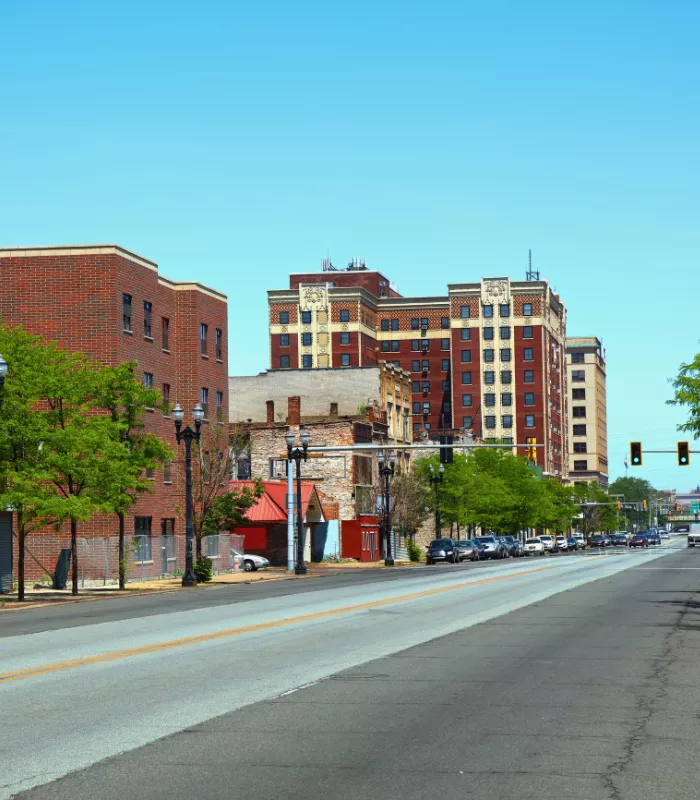
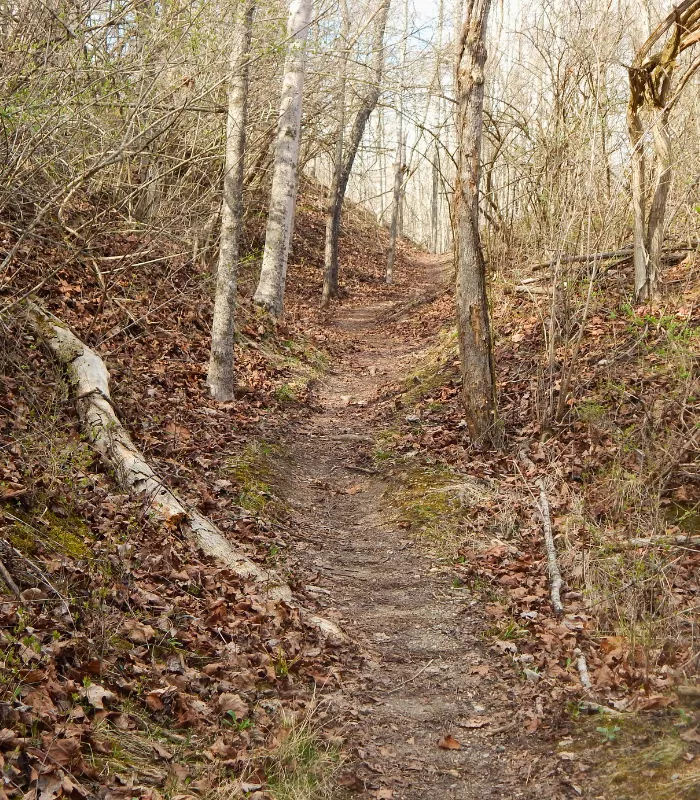
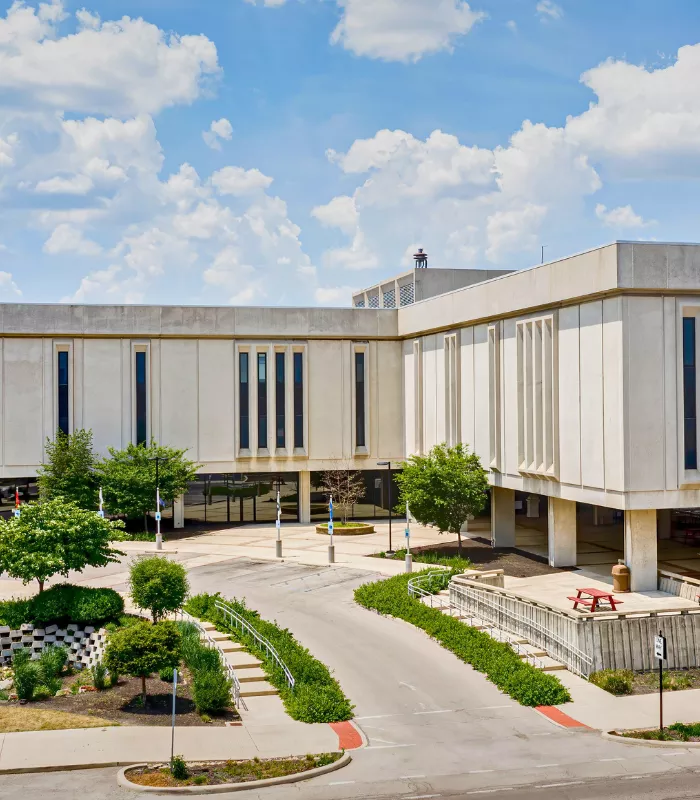
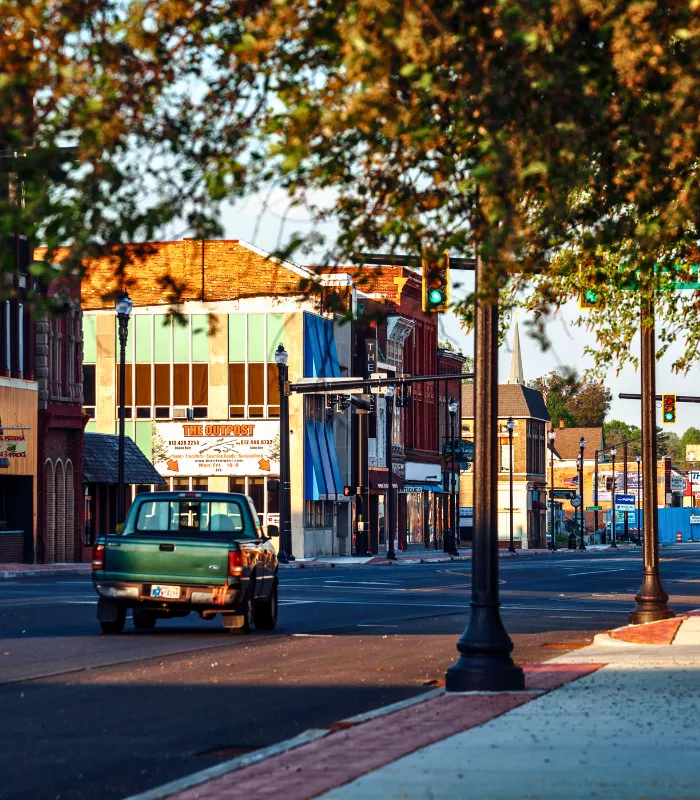
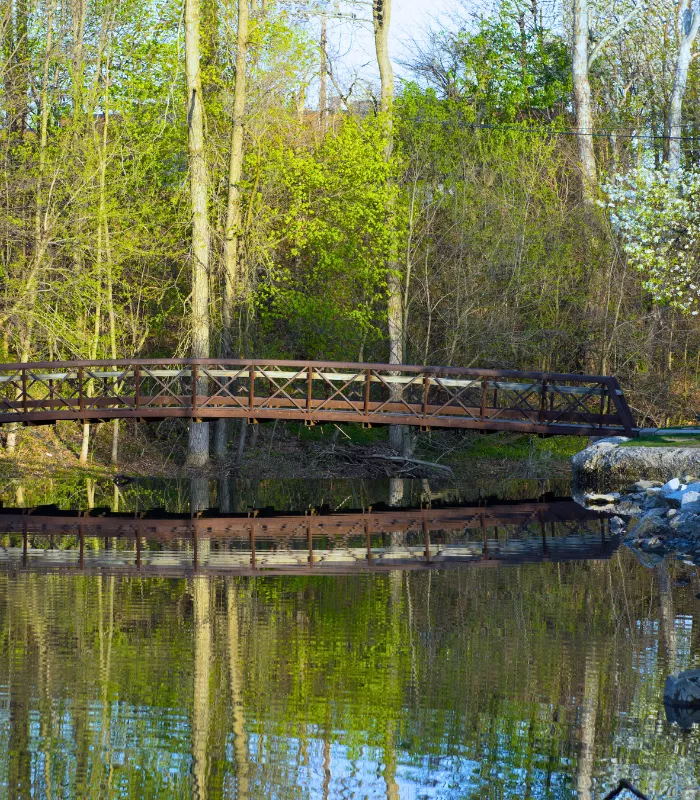
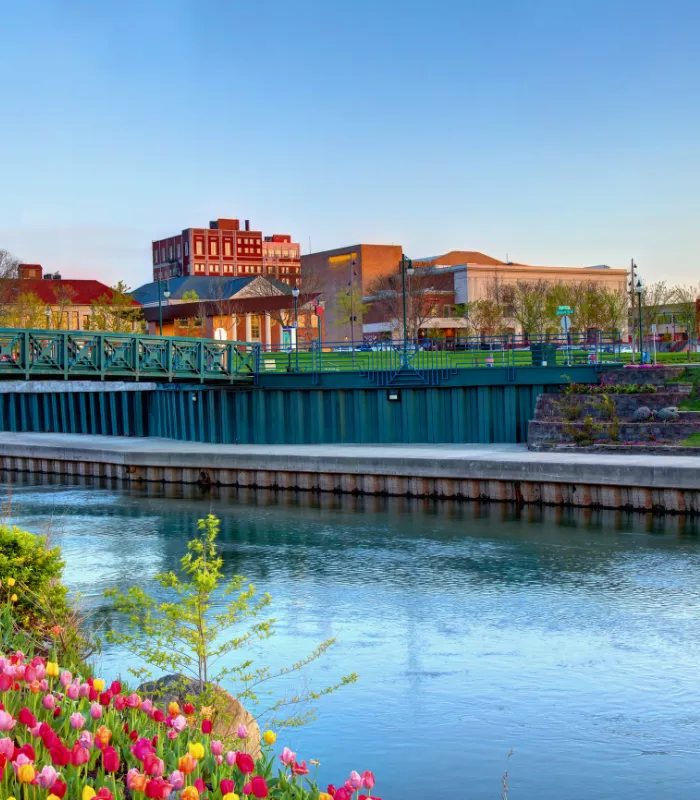
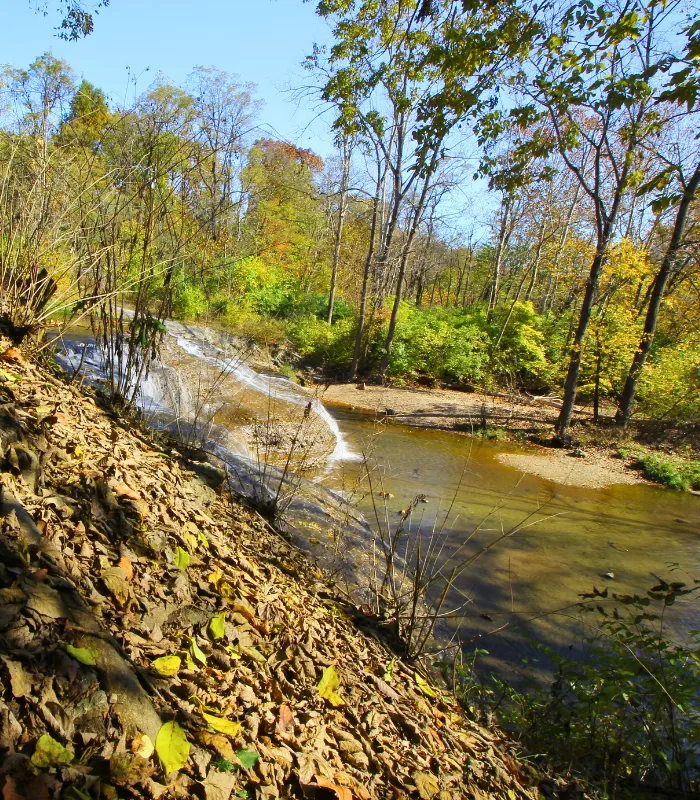
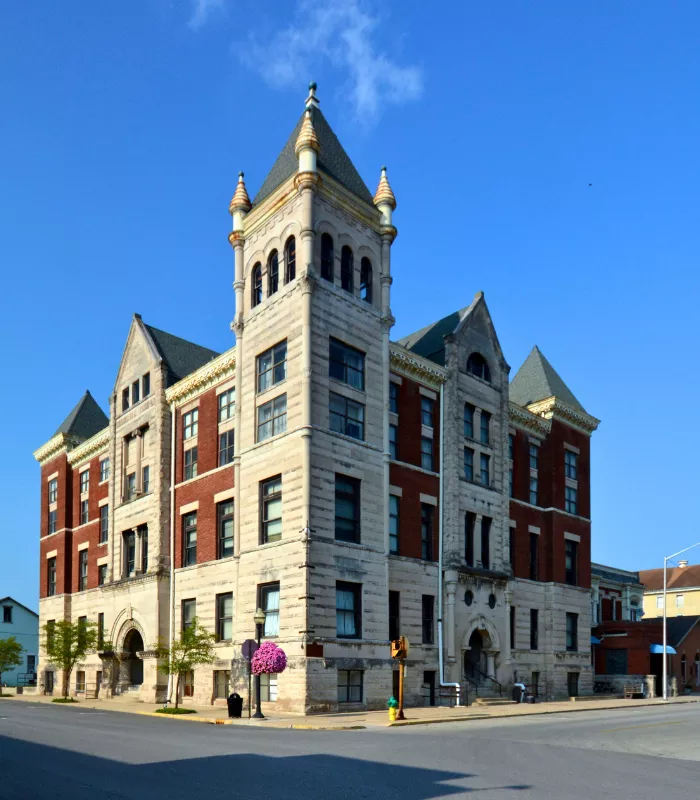
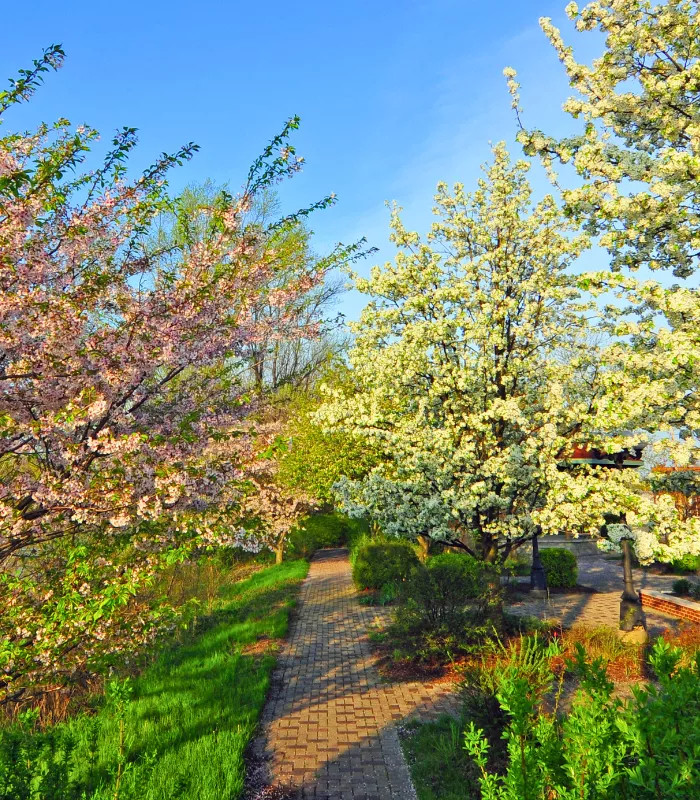
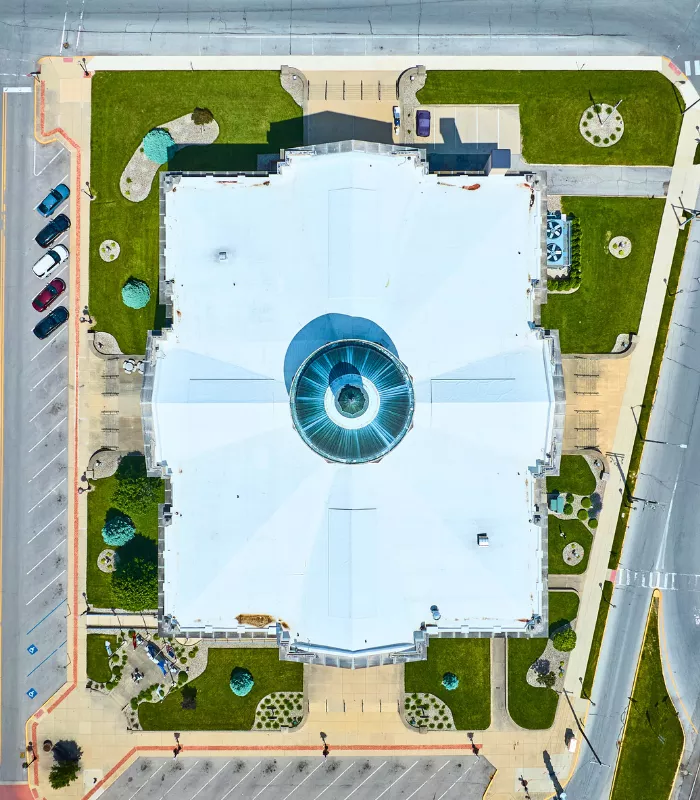
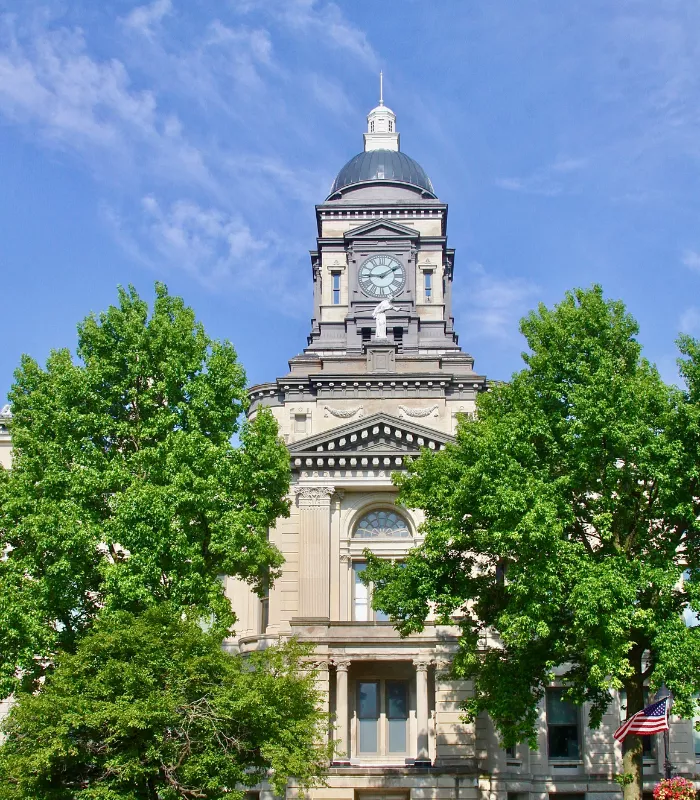
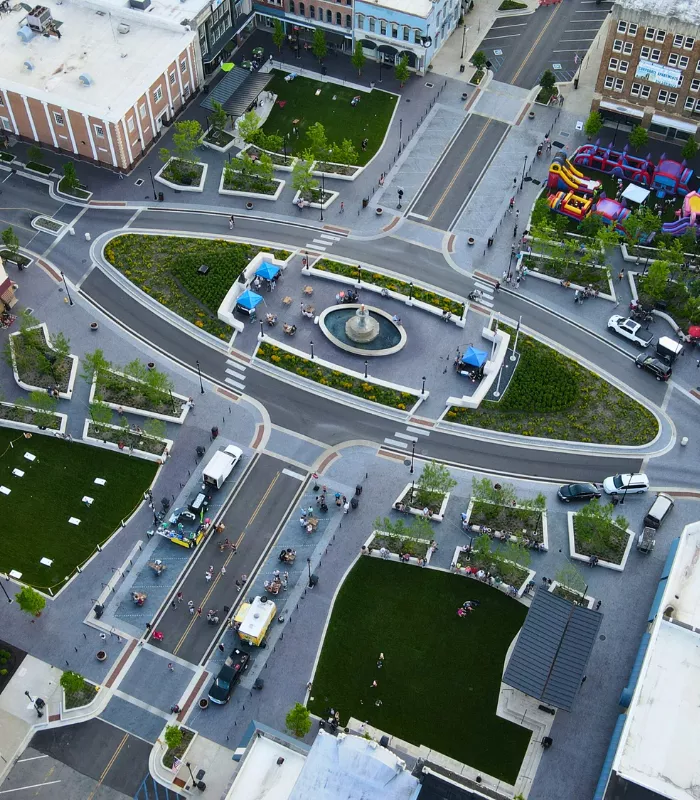
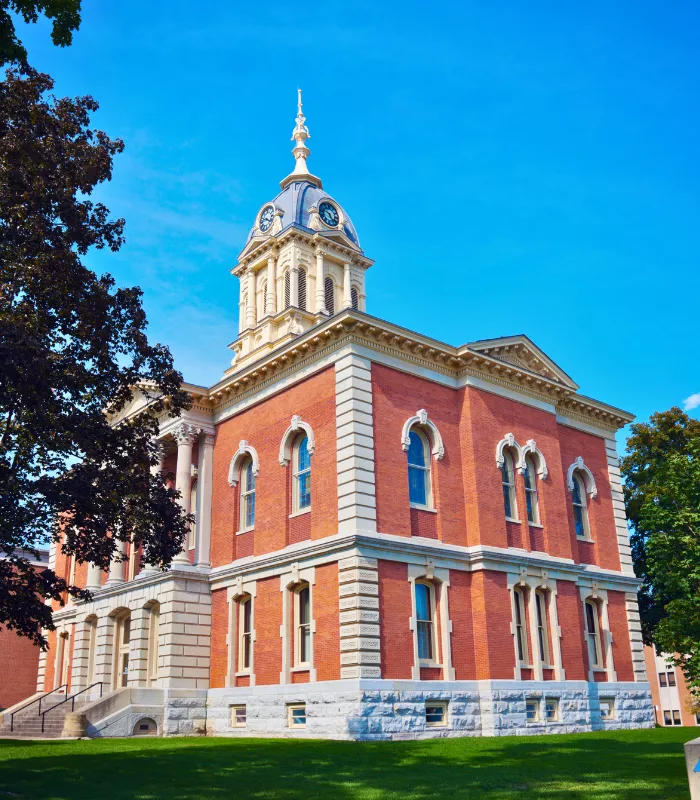
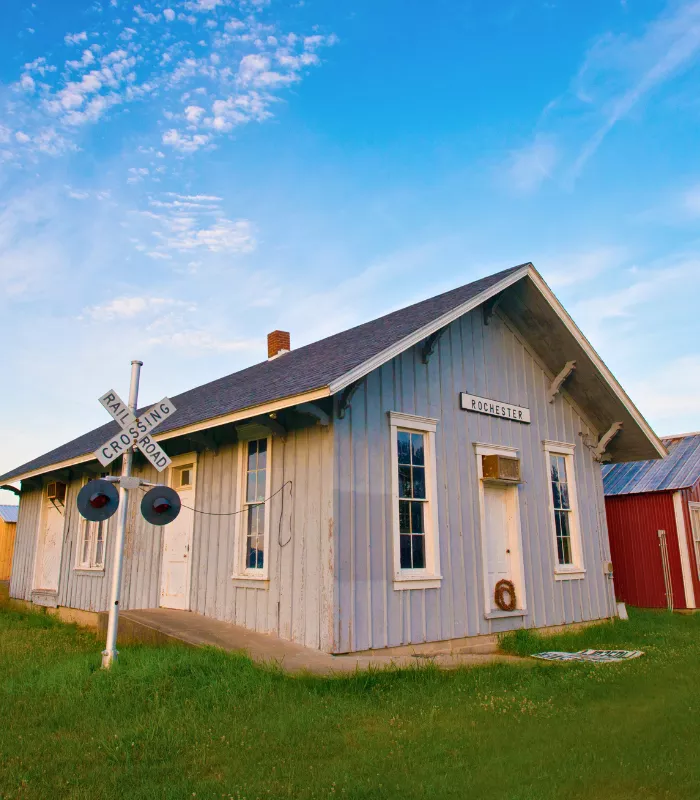
I’ll confine my comments to Anderson, to which I moved in 2007 and where I’m now retired.
1) Health care is provided by numerous clinics and two major hospitals: Ascension St. John’s and Community, both of which are modern and well-regarded.
2) The automotive industry (specifically GM, but including numerous supporting industries) didn’t “leave.” They were driven out by the UAW, which effectively ran the city, even long after the economy was collapsed.
3) Crime: yup, helped by Indiana’s (statewide and ridiculous) Supreme Court and locally by shelters to which other communities ship their vagrants and unlucky.
4) Entertainment is going to be off the table for your $1600/month example, assuming he pays for rent, insurance, and food. That’s not just in Anderson.
5) Jobs are plentiful at the lower-skill level, but middle-class opportunities are primarily online.
6) Anderson built infrastructure for 100,000 people; maintaining it for 55,000 is difficult in one way, but holds a major benefit in that the roads, utility capacity, water/sewer, commercial real estate, and parking are all more than adequate for the volume.
Top info Tim. Thanks a lot.
Regarding Logansport. In the last 2 years someone in the town has really done well bringing in several franchise businesses. Culver’s, McCalisters, Harbor Freight, Dunkin Donuts, Jimmy John’s, 5 Below, an Ollie’s is coming. Check it out.
Sounds good. Thanks for sharing this.
I grew up in Indiana and am familiar with all of these towns. Most of these small towns are within easy distance of excellent medical care and amenities. One doesn’t get it all when looking for affordability. For those in Peru, Logansport, Kokomo…great medical care in Lafayette or Indianapolis. Huntington or Rochester- Ft Wayne. Richmond – Toledo. Martinsville – Bloomington or Indy. Crawfordsville- Lafayette or Indy. Gary- Chicago! Most of these communities have senior centers with trips to cultural events, casinos.